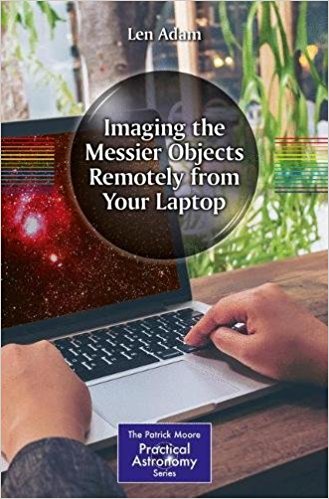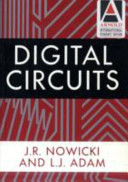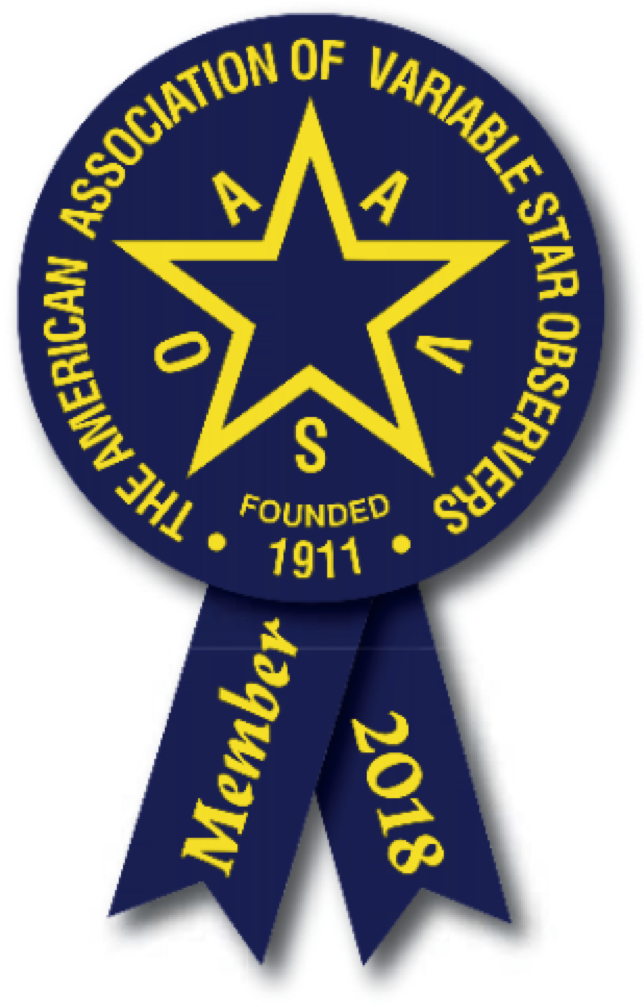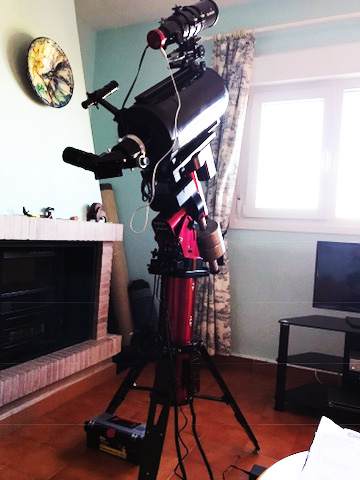M84 and its neighbourhood
 Tuesday, March 25, 2014 at 11:26AM
Tuesday, March 25, 2014 at 11:26AM I have a backlog of images that I am working through. On 23rd March this year I used the Meade 4" refractor and SBIG STX9E to image a number of galaxies. M84 was one of these and is shown below again.
M84 is in the constellation of Virgo and is clearly an elliptical galaxy. There are a number of other galaxies in this image and once more by "solving the plate" I can find out what the galaxies are and get an exact measure of what I have imaged.
I have already set up a Field of View indicator in The SkyX. I select my Meade refractor from a comprehensive list of known telescopes and do the same thing for my SBIG from the camera list. SkyX knows all of the details of these and does a calculation of the field of view. SkyX knows the dimensions of the main chip ( and the guider chip for the SBIG which has two cameras in one effectively) and produces an appropriate diagram to the correct scale when matched to the SkyX chart.
This screenshot illustrates how it works.
This is a zoomed in view of the above chart with my superimposed image annotated with the galaxies identified by SkyX.
This is the data from the plate solution
So if the image is 38 minutes across and the accepted size of M84 is about 6 minutes of arc then there is a discrepancy between that value and the size on my image. 6 minutes should be 6 X 60 / 4.52 pixels which equals 80 pixels or so.(Or more simply = 512*6/38)
I have stretched the image as much as I can to try to bring out an indication of its size to corrrespond to 80 pixels in the image below. The ruler indicates the size in pixels. (The image is 512 X 512 pixels)
However on checking on the SIMBAD clickable map for M84 the central portion of M84 only measures 4 minutes of arc based on the SIMBAD scale.
On that ruler I measure 35 for the 1 minute dimension at bottom left and 140 for the central blue core - in opther words 4 minutes of arc. That brings it much closer to my image size but it illustrates the potential for variation in supplied and measured values. This is a link to the SIMBAD page.
I thought I would try the astrometry.net website on the same image. It made short work of solving the image and providing results.
 [Your Name Here] | Comments Off |
[Your Name Here] | Comments Off | 







